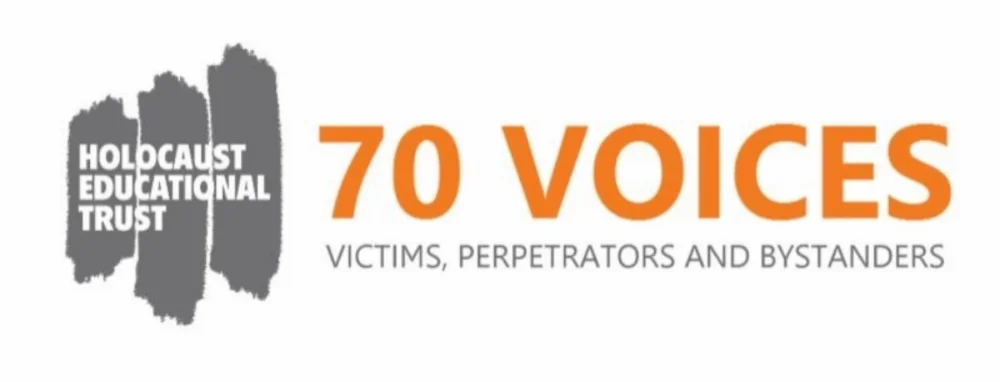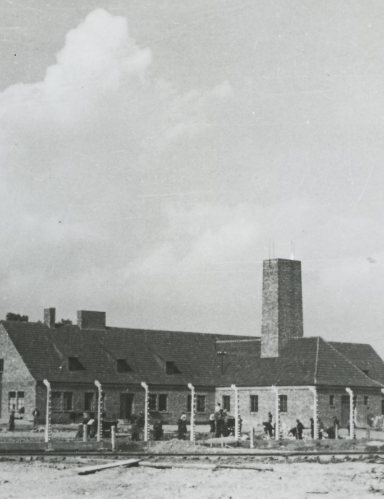Dr Janusz Korczak was Poland’s best-loved children’s author and the director of an orphanage for Jewish children in Warsaw. As the situation for Warsaw’s Jews deteriorated, Korczak’s Polish friends offered to hide him, but he refused to abandon the children. On 5 August 1942, Korczak and the children were marched through the streets of the Warsaw Ghetto to a waiting train, as witnessed by the writer Yehoshua Perle.
These 200 children did not cry, 200 innocent creatures did not weep, none of them ran away, none hid. Like sick swallows, they clung only to their teacher and mentor, their father and brother, Janusz Korczak, so that he might preserve and protect them.
He stood in the first row. He protected the children with his weak, emaciated body. The Hitlerite beasts showed no pity. The pistol in one hand, the whip in the other, they barked: “March!”
Woe to the eyes that had to watch this terrible scene.
Janusz Korczak – bareheaded, with a leather belt around his coat, and in high boots – stooped, held the hand of the youngest child and led the way. Several nurses in white aprons followed him, and then came the 200 clean and freshly combed children.
Korczak, the orphanage staff and the children were deported to Treblinka extermination camp. The orphans were among approximately 50,000 children from the Warsaw Ghetto who were murdered at Treblinka in less than two months. Yehoshua Perle was murdered in 1943.
Photo: Janusz Korczak with staff and children of his orphanage, pre-war; United States Holocaust Memorial Museum, courtesy of Romuald Wroblewski & Shlomo Nadel
Diary extract: Tatiana Berenstein et al. (eds.), Faschismus – Getto – Massenmord. Dokumentation über Ausrottung und Widerstand der Juden in Polen während des zweiten Weltskrieges (Rütten & Loening, 1960)




















